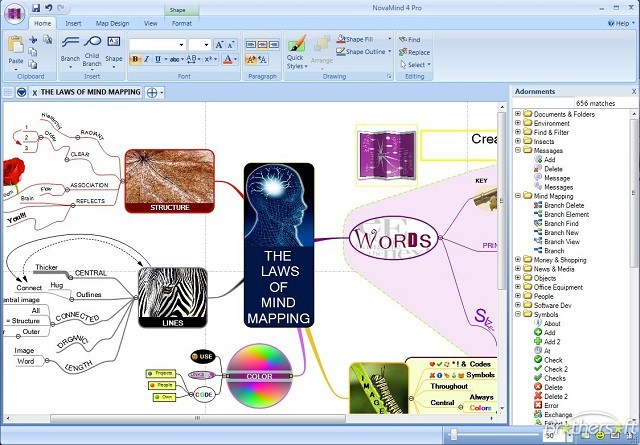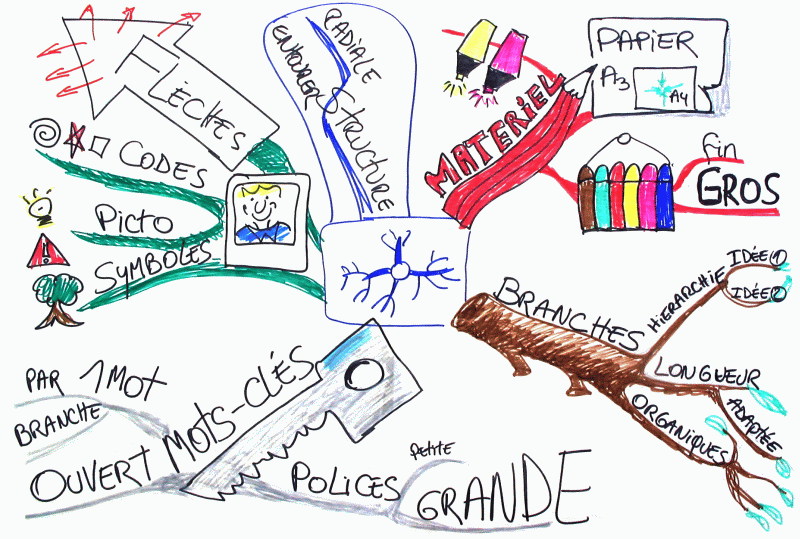

It is a community of 3,000 who get together around projects. OuiShare is a think tank that focuses on collaborative consumption and the sharing economy. The image below belongs to the knowledge map for the preparation of the annual OuiShare Festival held in Barcelona.


And most assets can be reached following different paths, as different people follow different thought processes. Members of the team can navigate the different branches of the map, leading them to groups of assets and new maps. Knowledge maps are extremely intuitive, and they provide great platforms to showcase knowledge assets. The intellectual capital of the company can be quickly accessed by organizing the knowledge assets in a knowledge map. Knowledge mapping helps organizations curate an experience for their employees/members when accessing their collective intelligence. What Are the Benefits of Knowledge Mapping? I can assure you that searching is not faster than accessing. Often the computer returns lists of 20 items or more with vaguely similar titles, forcing us to open file after file. Many of us have experienced varying levels of frustration when we complete a search in a database. We also gain a quick understanding of what we know as a group, what we have available to us, and what we would like to have available to us but do not yet possess. When we access knowledge by navigating the knowledge map, we discover things we did not know existed. When we search for knowledge-and if we are lucky-the best thing that can happen is that we find what we’re looking for. But knowledge should be accessed rather than searched for. We are so used to searching for information that it comes as a surprise when searching for knowledge is discouraged. In every meeting and workshop about knowledge management, I get the following question: “Shouldn’t we have a search field?” Those atoms are then added to the knowledge map for users to navigate and grab at will so they become the building material of their projects. I like assets to be small and actionable. I normally expect over 90% of knowledge assets to be produced as part of the normal team workflow. Here is where the “knowledge asset” concept becomes important.įor me, knowledge assets are minimum common denominators of knowledge-an atom if you like. Too much information becomes noise, and noise prevents people from accessing the most important content. This is damaging to the knowledge mapping initiative. This is extremely important, as I’ve often seen knowledge-sharing platforms suffering from an excess of information. Knowledge is a high-value form of information that is ready to apply to decisions and actions, knowledge derives from information as information derives from data.

I like this definition from Davenport and Prusak: The key to building a good knowledge map is to avoid unnecessary noise, and the best way to avoid noise is to have a clear definition of what qualifies as a knowledge asset and what does not. Here’s some information explaining what those concepts mean. It includes knowledge rather than information, and that knowledge is accessed rather than searched for. An Everyday Example of Finding Knowledge Using a Knowledge MapĪ knowledge map is a visual, like the example above, that shows where knowledge can be found within a company or organization.What Are the Benefits of Knowledge Mapping?.
#Using mind mapping for knowledge management novamind how to#
In this article, I will share why and how to build a knowledge map, plus some concepts to consider when doing so. In the first article of this knowledge mapping series, I provided an introduction to knowledge management-its benefits and best practices.


 0 kommentar(er)
0 kommentar(er)
